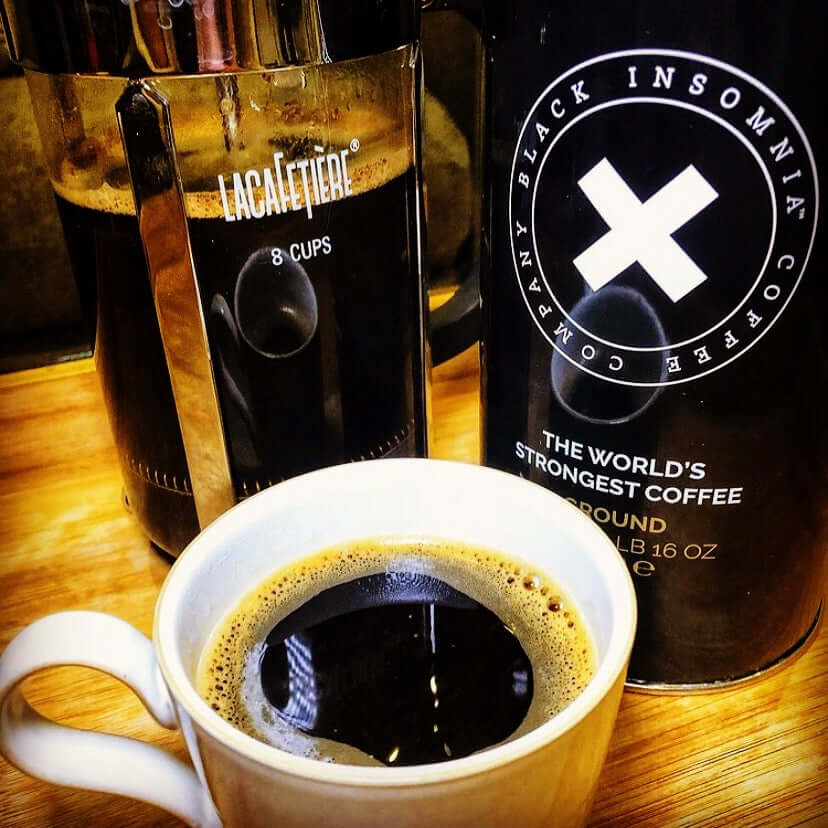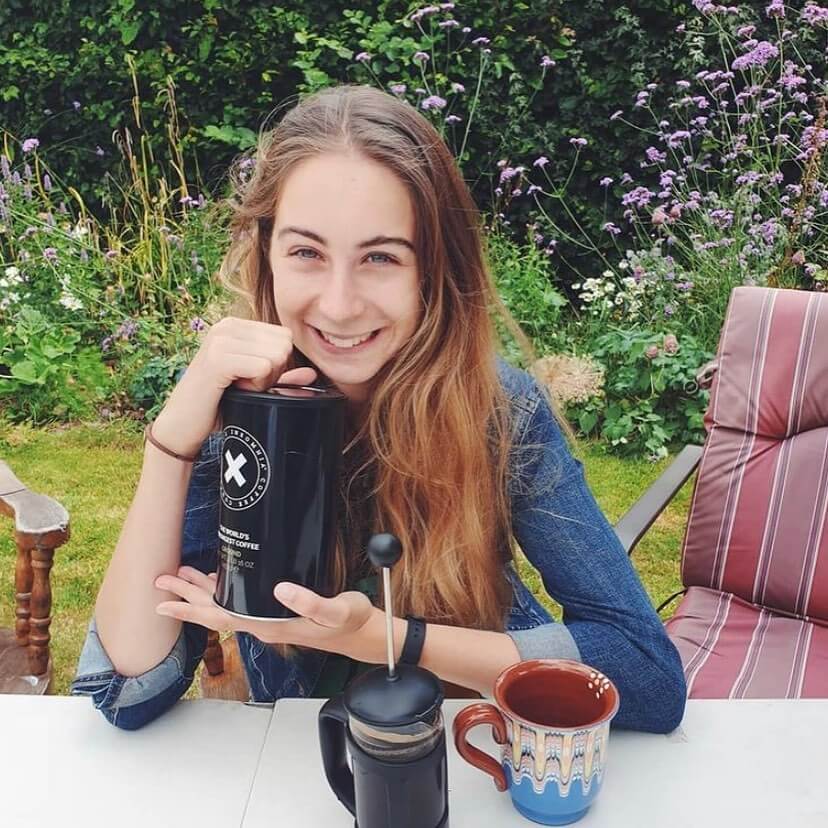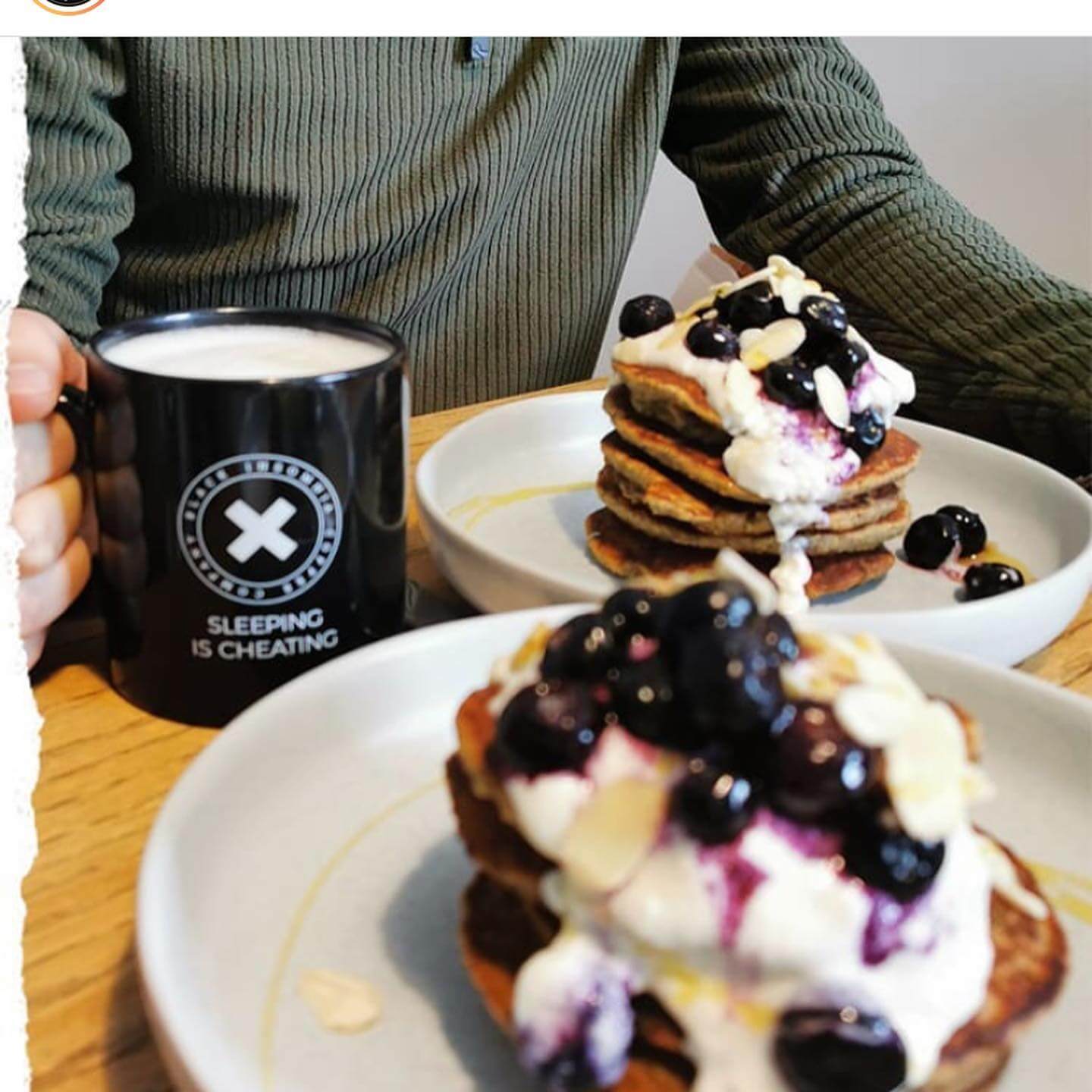Wrong. So wrong. And yet, a coffee myth that has been doing the rounds for years. There are so many factors that affect caffeine content but the degree of roast is not one of them. In fact, there are arguments to suggest that a lighter roast would yield less caffeine. So here are a few facts - and I mean real facts - and some tips on how you can optimize the caffeine content of your brews at home.
If you read the article about our Robusta & Arabica blend, you’ll already know that Robusta has significantly more caffeine than arabica. My first point about roast styles is that you’ll generally find that the lighter roasts are from the specialty - or Third Wave - coffee roasteries, who tend to only use Arabica. Therefore, these lighter roasts will have a lower caffeine count than darker Robusta roasts.
Caffeine is an incredibly stable chemical, whose concentration in a single coffee bean will basically stay the same after roasting as it was beforehand. If you take into account other elements that decrease during roasting, including a drastic change in density, you could even argue that a darker roasted bean with lower density would yield more caffeine when brewed. This depends, however, on one vital step in brewing.
How Do You Measure Your Coffee???
Do you use a coffee scoop for your whole beans and/or ground coffee? Or do you weigh it out for each cup? Weighing out your coffee, whether it’s whole bean or ground, will help you maximize the amount of caffeine you’re getting.

Remember this picture? The top row is a typical example of Arabica, the bottom Robusta. Beans come in all shapes and sizes. There are over 100 species of coffee available to grind up and turn into liquid gold and they’re all different sizes and shapes. From teeny tiny Peaberry to ginormous Gesha. Because of this, brewing based on scoops means you won’t be consistently brewing the same weight of beans.
That means you’ll also be missing out on caffeine. Consider Black Insomnia for a moment; its core strength comes from the larger percentage of Robusta. From the picture above you can see that Robusta is smaller. This means, when blended with Arabica, you have different sizes and weights. Larger beans don’t always weigh more than smaller beans.
In fact, we tested this in the lab. 4 of the larger Arabica beans from Black Insomnia, weighed on a high-precision digital scale, were the same weight as 4 of the smaller Robusta beans - 0.6g to be exact. But the Arabica beans are larger, which means your scoops will be uneven. If you weigh out your beans, you are guaranteed to have the same results every time.

For the best results, we absolutely recommend weighing out your coffee before brewing. We’ve had a number of questions over the past couple of months about how much coffee we recommend for different cup sizes. If you’re weighing out your coffee and brewing water, we recommend measuring in grams with a ratio of 1:17. This means 17g of water per 1g of coffee. If you really want to continue measuring by scoops, measure it out post grind to maximize the surface area of the coffee in the spoon. For volume-based measurements, we recommend a ratio of 1:4, that is 1 Tablespoon of ground coffee per 4 Ounces of water.





